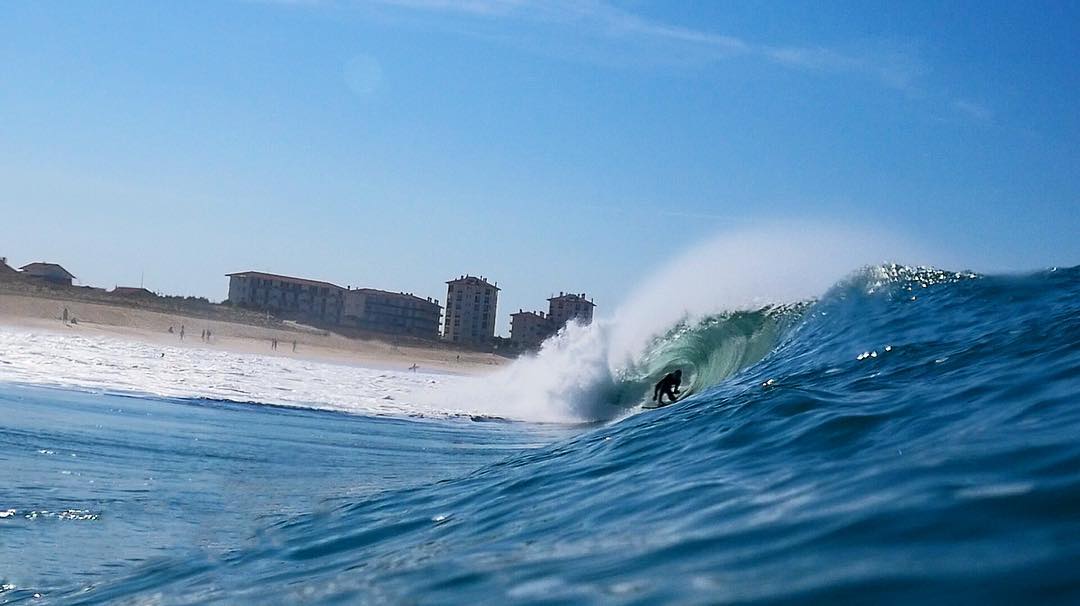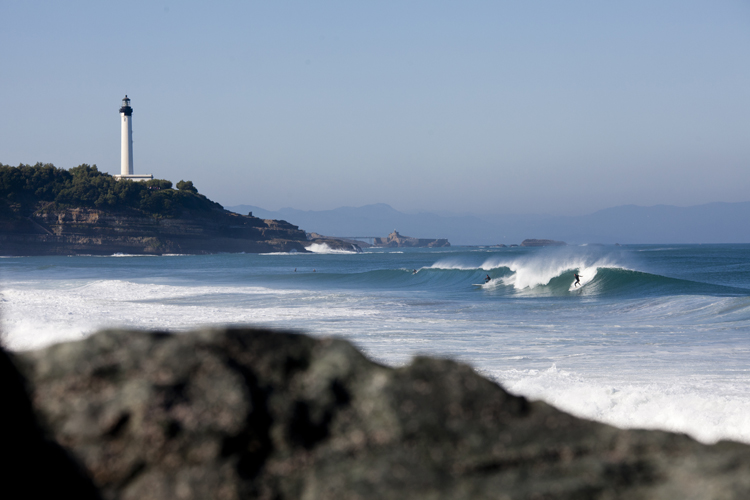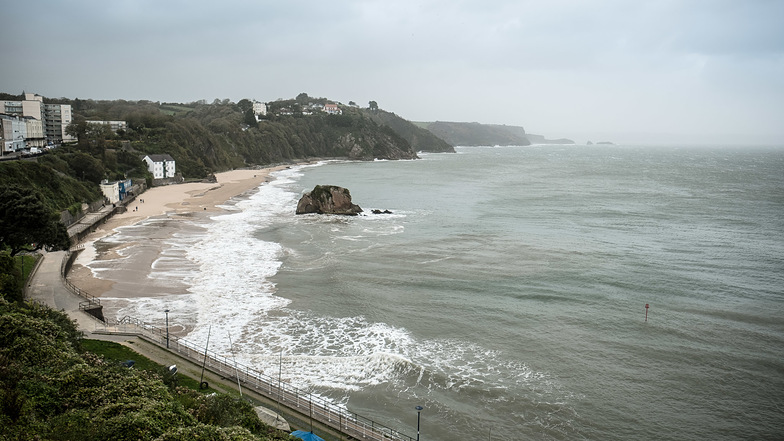🏄 Surfing - the most difficult board sport 🏄
HOP ON A BOARD!

What is surfing?
Let's get back to the roots
Fishpeople
Famous surfing places in Europe
Benefits
Equipment
What is surfing?
Surfing is a surface water pastime in which the wave rider, referred to
as a surfer, rides on the forward part, or face, of a moving wave, which
usually carries the surfer towards the shore.
Waves suitable for surfing are primarily found in the ocean, but can
also be found in lakes or rivers in the form of a standing wave or tidal
bore. However, surfers can also utilize artificial waves such as those
from boat wakes and the waves created in artificial wave pools.
Let's get back to the roots
A long time ago in ancient Polynesia: latter-day Tahiti, perhaps; maybe
Samoa or Tonga – or perhaps much further north by the dusky shores of
ancient Hawaii – locals gazed at the raging whitewash lapping upon their
island sands.
Swimming, until then, had been the main pastime, but now they paddled
into the ocean with planks of their finest wood, and with zest and zeal,
began to take turns riding fiercely down the barrels of untamed swells
and building sets.
Over the centuries, our forebears started to turn the stoke up,
mastering the art of riding these planks – the ancient Hawaiians soon
turned surfing into a sacred part of their culture, praying to the gods
for strength and protection with every heʻe nalu, or ‘wave sliding’
session.
Of course, the ancient world eventually gave way to the modern – and
surfing came along for the ride.
We shift the scene here to the late decades of the 19th Century, on
Honolulu’s Waikiki Beach: wealthy American tourists, entranced by the
sight of locals charging down waves on their self-fashioned boards.
Around the same time, a trio of touring Hawaiian princes were showing
off their skills to local Californians, equally mystified by their
skills. Writers Mark Twain and Jack London caught word of this new sport
‘surfing’; both tried, and failed. But word spread, as surfing began to
take root in the Western imagination.
Famous "fishpeople"
-

Kelly Slater 
Duke Kahanamoku
Layne Beachley
Corky Carroll
Stephanie Gilmore
Famous surfing places in Europe
- Nazaré

- Biarritz

- San Sebastian

- Hossegor

- Anglet

- Tenby

- Bundoran

Incredible Health Benefits of Surfing for Your Mind and Body
- Healthy heart
- Strong & toned muscles
- Burning calories in a fun way
- Boost for immune system
- Vitamin D
- Better sleep
- Improved balance & flexibility
- Healthy skin & hair
- Dealing with Stress & getting rid of tension
- Self-confidence and self-love
- Meeting amazing people
Equipment
If you would like to start surfing you will need to rent these...
